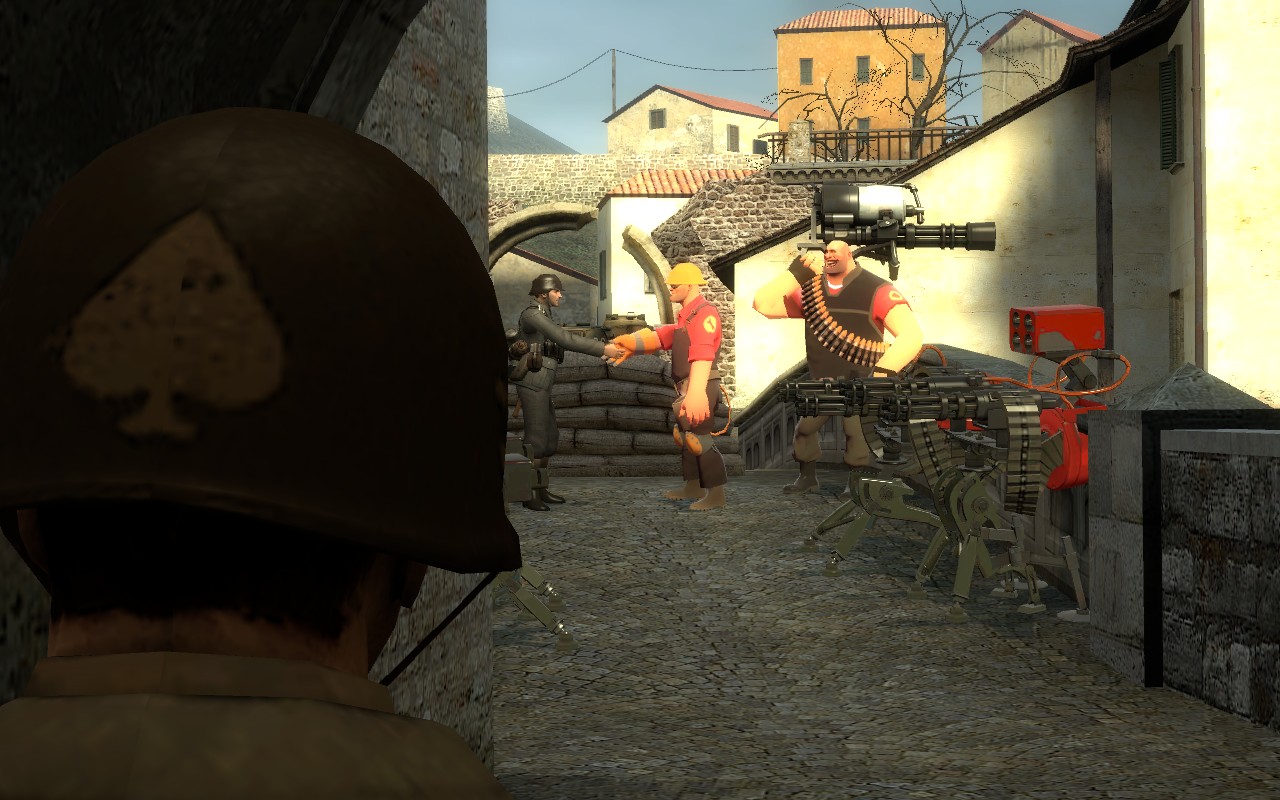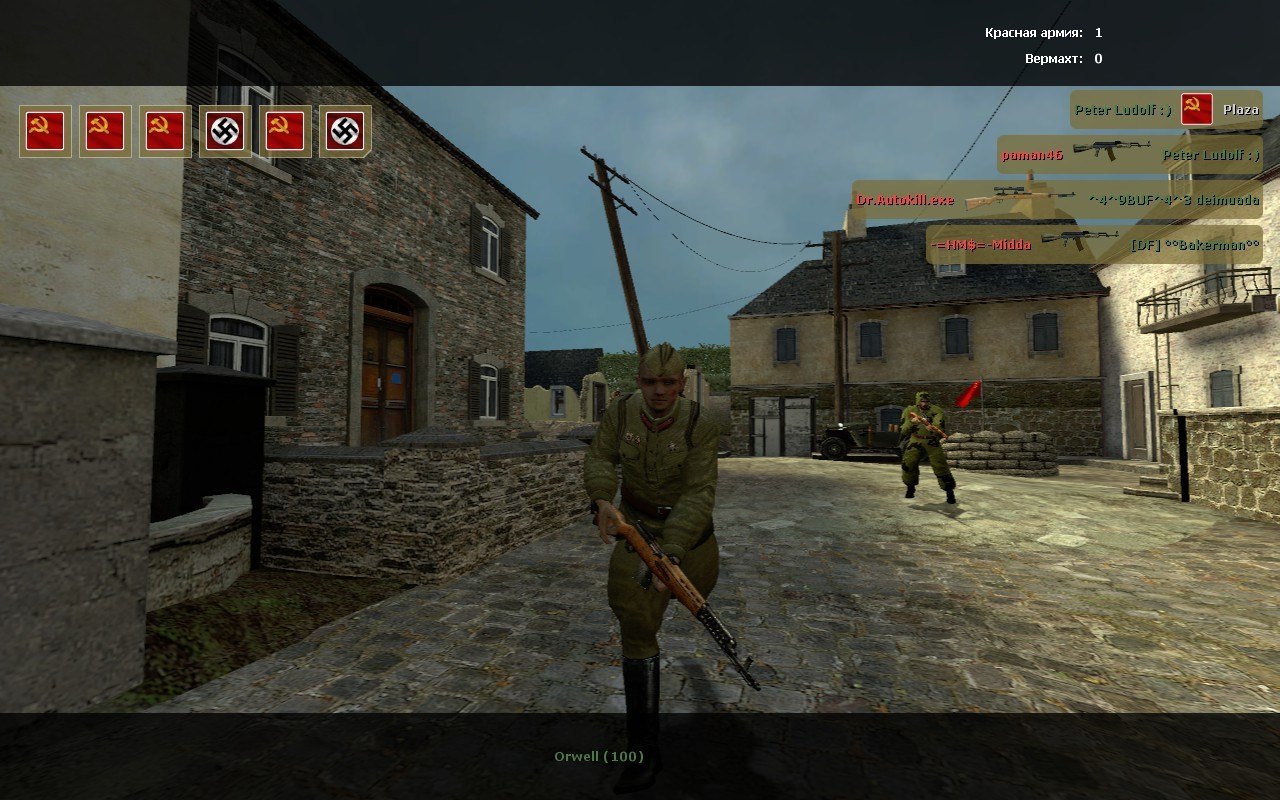

Right off the bat, the FSSF constitution required more commitment and rule-following than any in-game clan I’d ever seen. There was a “mess hall” for general discussion, enlistment offices for new members, a voting booth for the rare issue that comes to a vote, a merit hall for promotions, and “offices” for all of the command staff to post personal topics. The sections of the forums were all themed to those of a military base, and the posting requirements were strict for each purpose. I was introduced to the FSSF forums, where I read the official unit constitution by which I had to abide. Most units upheld a certain amount of military pageantry, but Seadog ran a comparably tight ship. When I joined the FSSF, I didn’t know how deep the roleplay went. After a few days of playing on the server, I was invited to apply to join. I’m no military aficionado, but the game was fun and it sounded too interesting to pass up. Seadog, was said to be a Vietnam War veteran, applying the same tactics he used in real life inside of DoD:S. What really intrigued me was that the unit’s leader, Colonel B. The FSSF was organised and its members were disciplined. I had been in few random, unorganized clans in Call of Duty and Battlefield before, but my friend insisted that this was different.

Every member’s Steam username included their rank, name, and unit tag. The unit would meet up every day for unit-only activities or just play with “pubs,” their word for players who weren’t in the unit. He explained that it was similar to an in-game clan or MMO guild.

If you were online, participation was mandatory. I didn’t know how deep the roleplay went. Besides the fact that it was still pretty fun, he said, it was really because he had recently joined a unit called the First Special Service Force. I asked my friend why he was playing such an old game that hadn’t been updated in years. It has the class structure of TF2 (six classes, consisting of Rifleman, Assault, Support, Sniper, Machine Gun, and Rocket) and the grounded gunplay of CS. DoD:S feels a lot like other 2000s Source Engine shooters like Team Fortress 2 and Counter-Strike: Source, but it sits somewhere between the two mechanically. Released on Steam in 2005, only two years after the service first launched, DoD:S is the oft-forgotten WWII multiplayer shooter made by Valve. I had finally acquired a laptop that could run (some) games and was eager to play with one of my friends from school.Īt the time, he was really into this old WWII shooter called Day of Defeat: Source. By 2013, I was a 16-year-old high school junior whose main hobby was video games. It’s a city of hundreds of thousands with surprisingly little to do. That, and our running record for the worst air quality in the country. I’ve lived my entire life in Bakersfield, California, a conservative city whose biggest claim to fame is the country stars who emerged from here in the 1960s. I had no idea what I was missing, until I joined the First Special Service Force. I had never felt the satisfaction of a group of people with unique skills coming together to accomplish a larger goal. I was a happy person with dear friends, but I had never been a part of a team. By the time I got to high school, I wasn’t playing any sports or in any clubs. When I was nine, I quit football after two weeks to my dad’s disappointment.


 0 kommentar(er)
0 kommentar(er)
